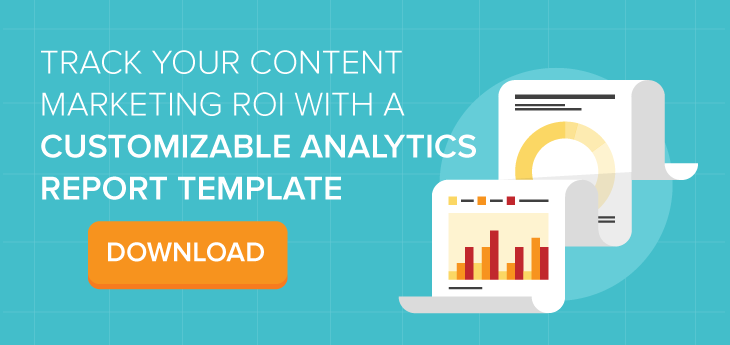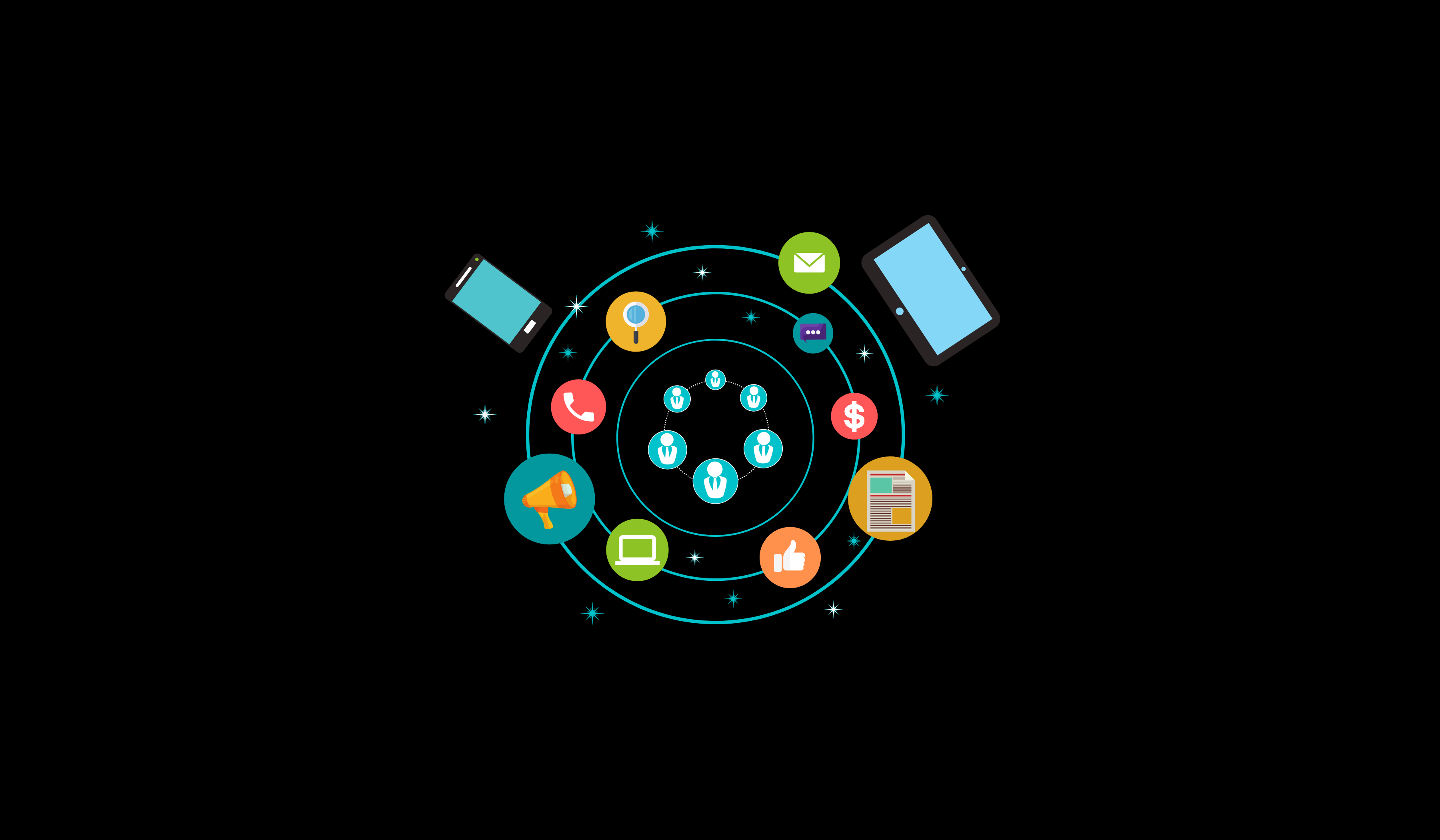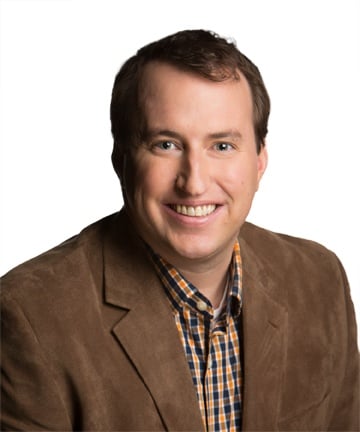 The world of marketing and brand management has grown fairly complex. As marketers, we don’t just handle online marketing, outbound marketing, direct marketing, reputation management, or search engine optimization. Today, we handle all of it. We’ve evolved into omnichannel marketing masters.
The world of marketing and brand management has grown fairly complex. As marketers, we don’t just handle online marketing, outbound marketing, direct marketing, reputation management, or search engine optimization. Today, we handle all of it. We’ve evolved into omnichannel marketing masters.
Media Trifecta: Owned, Earned, and Paid
As omnichannel marketing masters, it’s our job to oversee each element of our marketing efforts, and we can group much of those efforts into three media buckets: owned, earned, and paid. (Shared media is also important, but more on that later.)
When building or updating a brand strategy, it’s important to thoughtfully integrate each type of media and establish a clear plan for approaching and executing each channel. Let’s take a look at each of these types of media and how they drive a successful long-term branding and marketing strategy.
Owned Media (You Control It)
Owned media includes assets such as your website, blog, content pieces, social media accounts, and posts you share on those social accounts, and these assets are central to any B2B marketing and branding strategy. Why? Because you have complete control over them. You have the power to tell your own story and communicate your own message — so own it.
Takeaway: Owned media is your foundation, and it should be the main priority as you launch or update your branding strategy. Narrow it down first by focusing on your website. Your site is really the centerpiece of your digital brand because it houses your assets, from your blog and content pieces to the links to all your social profiles and contact information.
A strong website must be:
- Current. All information should be 100 percent accurate and reflect current products and services.
- Functional. Make sure all links, downloads, phone numbers, and email addresses are correct and deliver what they say they will.
- Engaging. If you hate looking at your website, imagine how your potential clients feel. Consider what elements your clients and visitors are looking for in a website, and make sure yours engages them through those elements.
- Consistent. Your site must be consistent with your brand. If you say your firm is high-tech and cutting-edge but your site is more than five years old, it doesn’t align with your branding.
And don’t forget that your social media pages act as an extension of your website. All of the imagery, content, and information on your pages must match that of your site to create a cohesive brand experience online.
Earned Media (Borrowed Buzz)
Earned media is essentially borrowed buzz and word of mouth generated from outreach and outbound efforts, and it includes everything like PR (good and bad), editorial coverage, influencer relationships, contributed content, referrals, online reviews, and testimonials.
It can be tricky because you don’t own it and can’t control the message in the same way you can with owned media. Still, it’s important for your long-term strategy, as much of what falls into this category is “reputation management,” which is essential to your brand, your image, and your credibility.
Takeaway: You have to work for it. All outreach to publication editors, journalists, influencers, and existing clients must be well-crafted and consistently reviewed. And the key to real results is personalization — your outreach to these individuals must be tailored to each one. You can use a standard template, for example, but you should add personalization to improve your chances of actually earning the media you’re asking for.
Paid Media (Pay to Play)
When it comes to search engine marketing (which is the most used and most effective paid advertising method for B2B marketers), paid media is often an essential companion. This includes Google AdWords, Bing Ads, retargeting ads, display ads, paid sponsorships, directory listings, social media ads and promotions, and paid influencer programs.
What makes paid media so great is its ability to target your audience — especially on platforms like LinkedIn and Facebook, on which users list their location, title, and industry. Further, it tends to show results more quickly than owned and earned media.
Takeaway: You get what you pay for. While you’re working on building your long-term strategy with owned and earned media, paid media can deliver results sooner. We all feel the pressure to show progress after starting a new strategy or project, and paid media can help while your other elements are building.
Remember, though, that targeting specifically requires a bit of a budget, so it’s often beneficial to start off strong with a bigger budget and taper down once your other media types (which take a little longer to really ramp up) are up and running.
Next-Level Challenge: Shared Media
Shared media relates to the level of engagement, collaboration, and buy-in from your followers and community members, and I call it the “next-level challenge” because so many marketers struggle with this particular type of media.
In my experience, it’s the most difficult to grasp and execute because it’s hard to plan for organically. It’s time-intensive, and it relies on your audience’s reaction. We’ve all been there: You create a great blog post or social update, hit publish, and only hear crickets. Shared media relies on the engagement of your readers, and you should only put your efforts into it after you’ve executed your other three media types, which each contribute to the success of your shared media.
A successful branding strategy doesn’t need to be complex, but it does need to be comprehensive. Instituting the basics of owned, earned, and paid media can deliver great results for your long-term strategy.
What do you think is the most important part of a long-term marketing and branding strategy?
Still need help tracking your content's analytics? Download the free template below: 



 The world of marketing and brand management has grown fairly complex. As marketers, we don’t just handle online marketing, outbound marketing, direct marketing, reputation management, or search engine optimization. Today, we handle all of it. We’ve evolved into omnichannel marketing masters.
The world of marketing and brand management has grown fairly complex. As marketers, we don’t just handle online marketing, outbound marketing, direct marketing, reputation management, or search engine optimization. Today, we handle all of it. We’ve evolved into omnichannel marketing masters.



